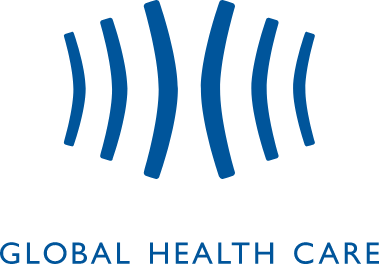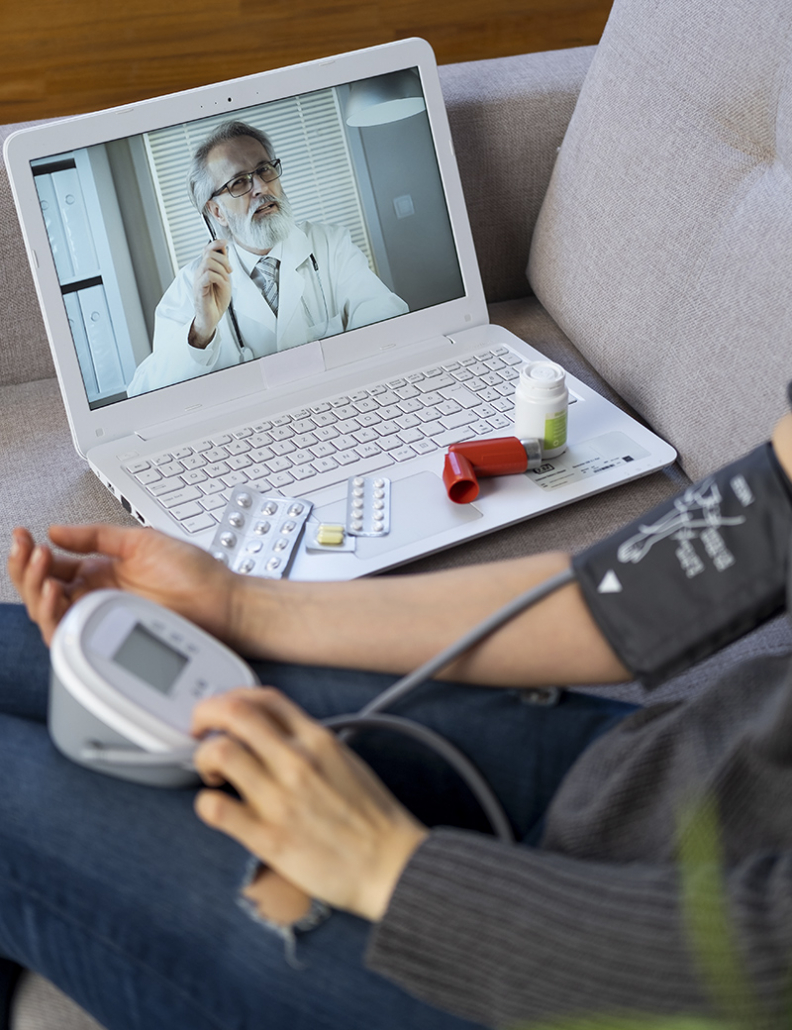Physician shortage
The number and thus the proportion of elderly people in need of care is increasing dramatically. According to the Demography Portal, there will be 3.5 million people in need of long-term care in Germany in 2030 [1]. The highest care rate of more than 4% is in the rural areas of Mecklenburg-Vorpommern (4.9%), Brandenburg (4.5%) and Saxony-Anhalt (4.4%). Thus, the need for doctors increases from 283,000 in 2010 to 395,000 in 2030. However, the supply of doctors, especially in problematic areas, is the opposite. This drops from 269,000 in 2010 to 229,000 in 2030. In 2010, there was a shortfall of 14,000 doctors. In 2030, this shortfall rises to 166,000 doctors [2].
In addition to this general well-known problem of the shortage of doctors, telemedicine can also be used in places where one would not usually suspect it. We show this with the example of a deployment of RescueLink in correctional facilities (see below).
[1] demografieportal.de
[2] pwc
The MFA and the virtual doctor
RescueLink brings both the GP and the specialist virtually to the patient with the help of the MFA Medical Assistant and RescueLink. This enables qualified diagnostics, if necessary with subsequent therapy under the direct supervision of a tele-family doctor or tele-specialist. RescueLink allows direct doctor-patient contact to be established by means of video and audio communication with the inclusion of medical data and the active help of the MFA; this corresponds to a virtual doctor’s visit.
What does that look like in practice?
Via the telemedical communication and diagnostic system RescueLink, the NäPa (non-medical practice assistant) is in constant audio-visual contact with the tele-physician, can collect the medical findings on the patient in coordination with him and discuss them with the tele-physician. For example, the nurse can record the following vital parameters with the RescueLink Diagnostic Module DM200 and transmit them digitally online to the attending tele-physician: ECG, blood pressure, SO2, auscultation of heart and lungs, body temperature. The additional collection of laboratory parameters by means of manual, highly efficient laboratory equipment on site is possible according to the doctor’s orders. Laboratory values such as pH, pCO2, pO2, Na+, K+, Ca++, Cl-, haematocrit, lactate, glucose, creatinine, SO2, HCO3-, base excess, haemoglobin, eGFR, anion gap, tCO2, AaDO2, as well as cardiologically relevant parameters such as troponin I, myoglobin, CK-MB, BNP and D-dimers can be collected and transmitted to the tele-physician via the system on the screen at his workstation.
There is an integrated video conference between doctor and patient about the findings and further measures. This gives the doctor a picture of the patient’s overall condition, and the patient has the opportunity to ask the doctor questions. The collection, transmission of the findings and the doctor-patient discussion take place in real time. All these functions are integrated into the RescueLink software, so that the NäPa can carry out all telemedicine activities via a uniform user interface tested for usability according to the IEC 62366 standard.
If the GP is not available, e.g. he is busy with other patients or out of the office, the NäPa can contact another colleague or the emergency department of an affiliated clinic as a “fallback” via RescueLink. This ensures a 24/7 supply. In the case of special questions, the inclusion of other specialists in the treatment can take place in an uncomplicated manner via interdisciplinary physician networks (RescueLink conference circuit).
If the so-called GP case develops into an acute (emergency) case, the NäPa can contact the emergency unit of a hospital via RescueLink and treat the emergency with the doctors of the hospital’s emergency units. If an ambulance is necessary, the hospital can send the ambulance itself with the appropriate team or alert the responsible regional ambulance service.
Use-Case
A trained non-physician practice assistant (NäPas) handles incidental home visits. In addition to the medical equipment used (patient monitor, stethoscope, spirometer, etc.), it is equipped with the mobile telemedical system RescueLink. RescueLink is installed on a mobile device (tablet, laptop, smartphone) for this purpose. While the NäPas is en route to the patient, the primary care physician can conduct regular practice operations during office hours and treat his or her patients. Upon arrival at the patient’s site, the NäPas connects to the treating physician using the patient-side RescueLink system.
Sample inserts
Nursing Homes
In general, numerous studies have shown that telemedicine is a useful tool. We are planning to participate in an innovation fund project that will investigate the benefits of telemedicine specifically in nursing homes.





